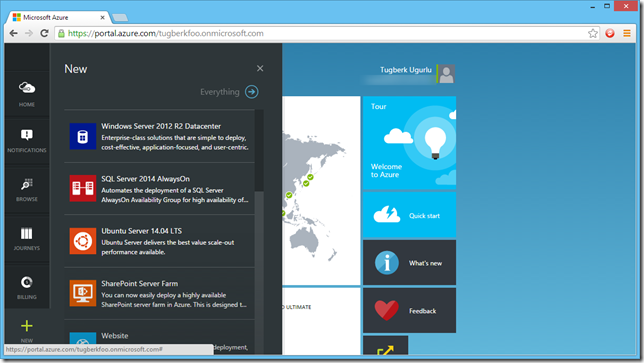

Read everything by Jeff Hollan (Senior PM for Azure Functions) to know much more about all this. Example of hybrid app (website on App Service + MVC API on App Service + API endpoint on Azure Functions + Azure Functions proxy) from min 20 of this video. Azure Functions Proxies allow you to forward requests to other external endpoints (also modifying the request/response parameters and headers), therefore being able to break a large API into multiple function apps (as in a microservice architecture), while still presenting a single API surface for clients. Azure Functions Core Tools allows you to develop, run and debug these locally from Visual Studio…but an online IDE is also available.
#AZURE STORAGE EMULATOR ON MAC CODE#
Small pieces of code triggered in a number of ways (http call, new file being written in blob storage, new message in Service Bus etc.). Azure Functions, aka serverless computing (don’t worry about installing and patching the OS, handle outages and replication, scale infrastructure, etc.).They do push notifications and other stuff.


Azure Mobile Apps allow to quickly create database-drive backend services for mobile apps, and generate client-side libraries with support for offline sync.Service Fabric and AKS (Azure Kubernetes Service) is more for microservice-based architectures.See the first 20 mins of this video for a demo of an Angular front-end + ASP.NET MVC API being lifted-and-shifted to App Service…the rest of the video is about Azure Functions instead. Web apps are just like web servers (IIS) on the cloud. App Service Web Apps for N Tier monolithic apps.


 0 kommentar(er)
0 kommentar(er)
